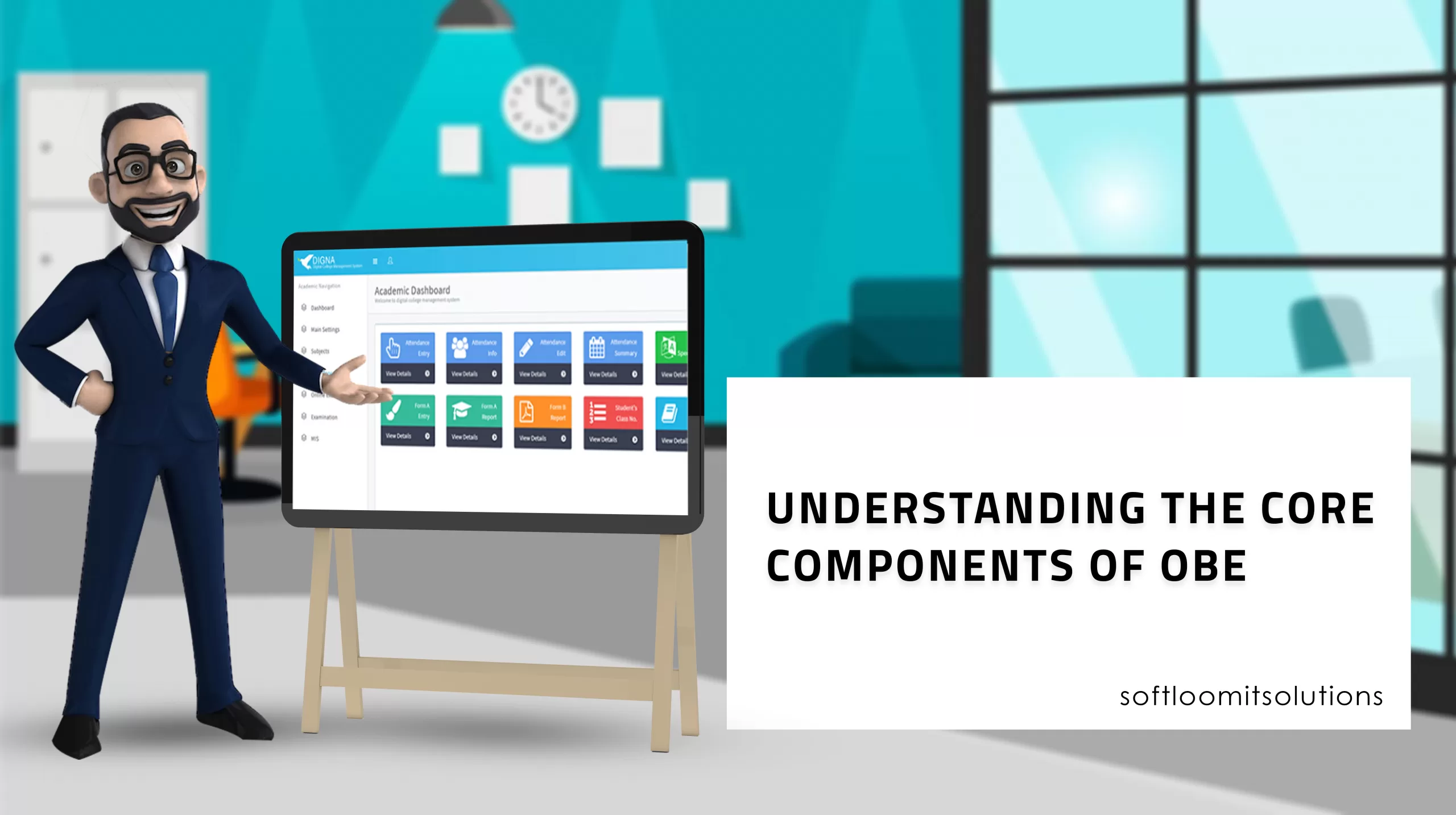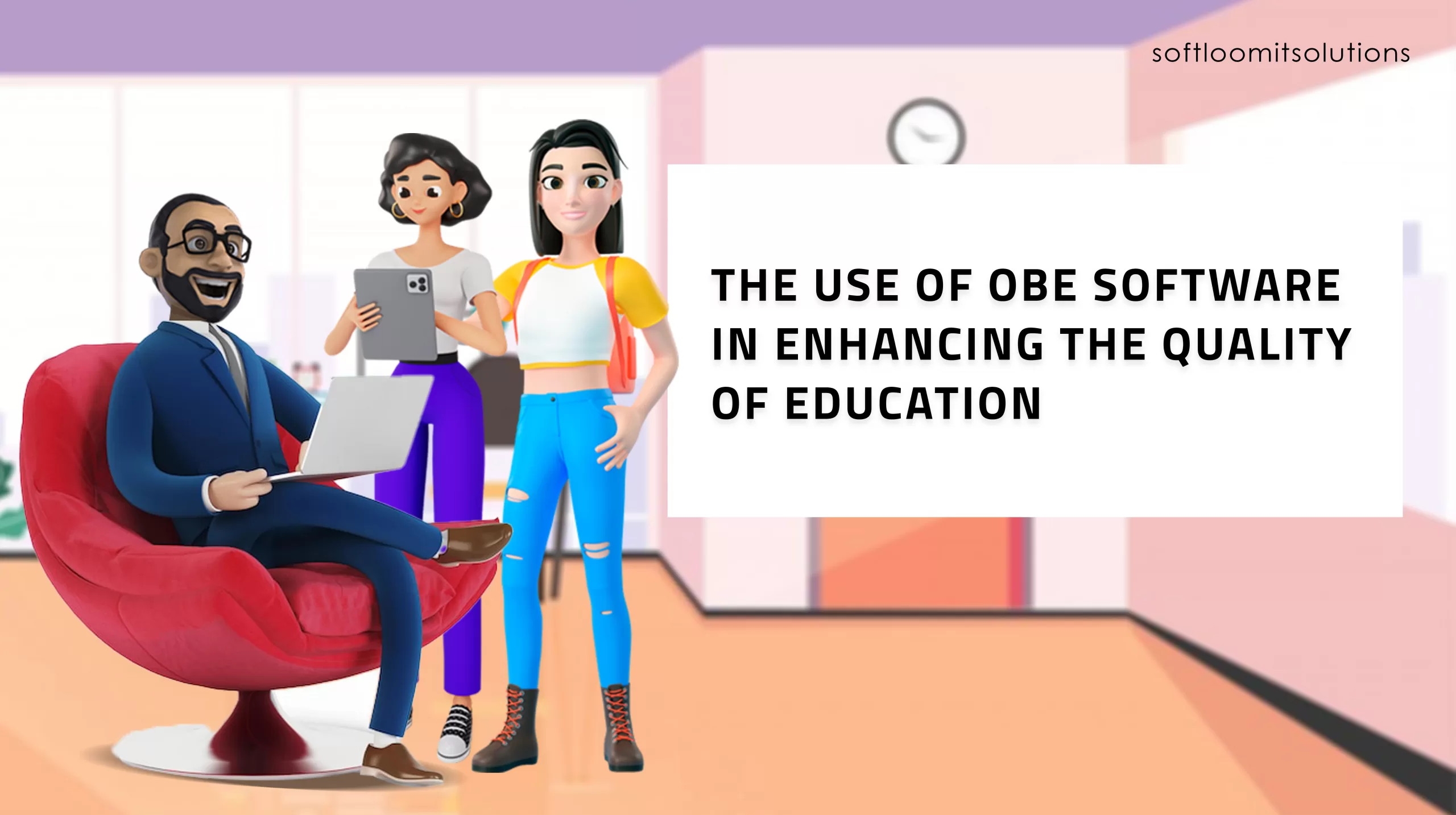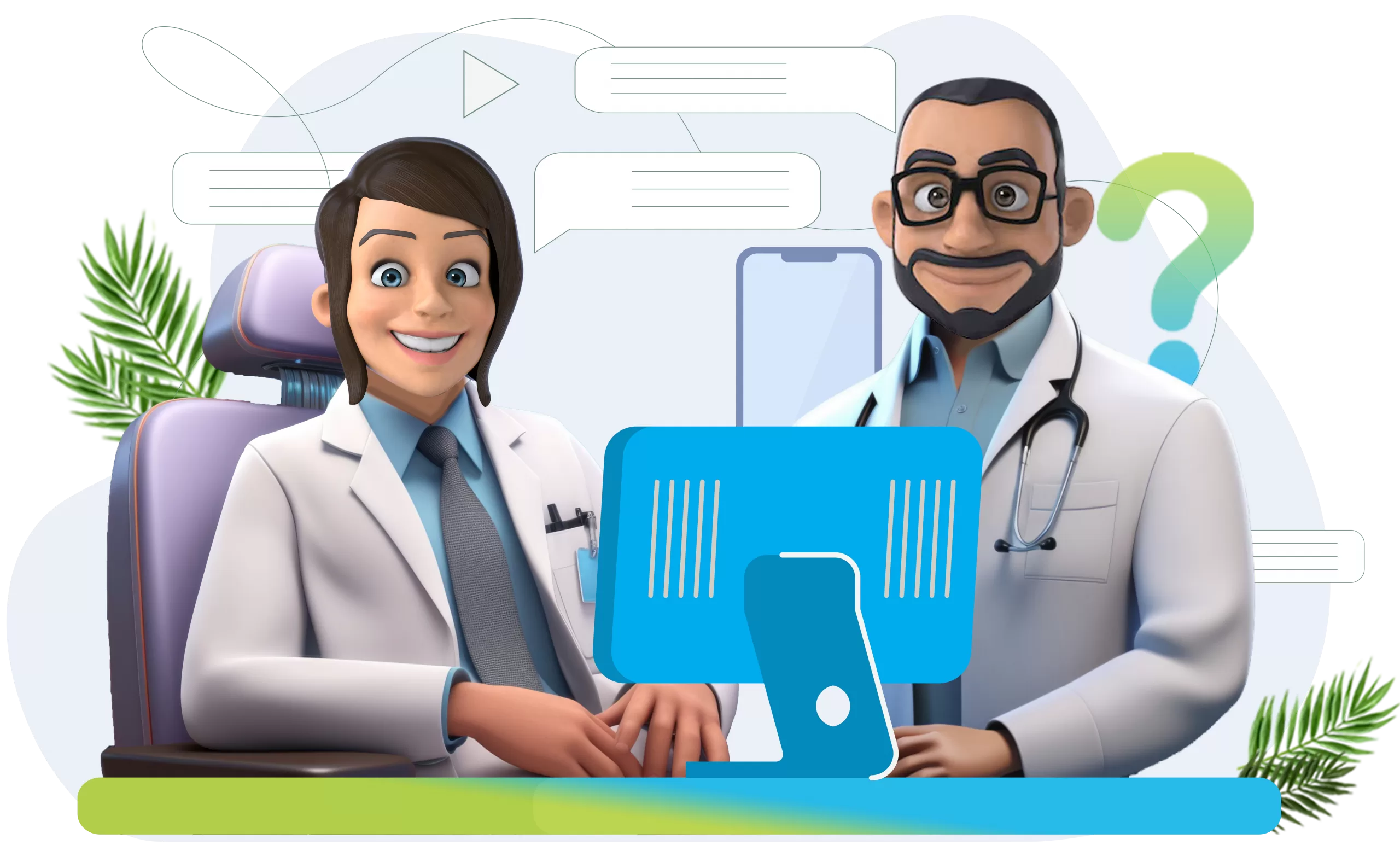In the dynamic landscape of higher education, implementing Outcome-Based Education (OBE) has become crucial for colleges to ensure the development of students. This helps to meet the demands of the evolving academic environment. This blog explores the use of OBE Software in enhancing the quality of education in colleges and highlights its importance in implementing effective curriculum management.
What is OBE Software?
An outcome-based education software is a framework designed to develop students’ personal and professional skills. Student preferences and the institute’s needs can be taken into account when designing this personalized learning model. By the end of the curriculum, students can achieve a set of goals that have been set by this method. Through the OBE System, students are evaluated based on their performance. By adopting this model, students can learn as per their choice and acquire knowledge and skills that are developed.

Understanding the Core Components of OBE
-
Program Educational Objectives (PEO)
Program Educational Objectives serve as a roadmap for graduates, outlining th
eir anticipated achievements within 4-5 years post-graduation. These objectives are not arbitrary; they are crafted based on stakeholder feedback garnered through online questionnaires. This insightful data unveils the level of student satisfaction
with their academic achievements, ensuring a long-term perspective on success.
-
Graduate Attributes (GA)
General Attributes encompass the core skills, generic attributes, transferable skills, employability, and soft skills that shape a student’s profile. Leveraging curriculum management software allows institutions to meticulously map these attributes according to the curriculum design, ensuring a holistic development approach.
-
Student Learning Outcomes (SLO)
OBE learning goes beyond traditional measures, encompassing the ideal attributes of graduates, such as vision, mission, institutional results, and goals. Categorized into generic skills, values & attitudes, and disciplinary knowledge, SLOs form the basis for developing program outcomes, aligning education with broader life goals.

-
Program Outcomes (PO)
Students are expected to demonstrate a set of competencies, co
mprising skills, knowledge, and attitudes, known as program outcomes. Colleges strategically map these desired outcomes to their outcome-based curriculum and specific courses, facilitating achievement through effective assessment and evaluation tools.
-
Course Outcomes (CO)
Course Outcomes encapsulate the values, skills, and knowledge acquired by learners at the conclusion of a course. These outcomes are intricately linked with both course and program outcomes, forming a cohesive structure that underlines the interconnectedness of the educational journey.
-
Syllabus, Unit & Lesson Plan Outcomes
The synergy between course outcomes and teaching activities is paramount. Linking college syllabi, units, and lesson plans with learning outcomes fosters cohesion and coherence in student assessing writing, communication, critical thinking, and information literacy of graduates. This ensures a consistent and transparent evaluation process, enhancing the overall reliability of the assessment.
-
Continuous Quality Improvement (CQI)
The Continuous Quality Improvement (CQI) tool in
higher education provides critical data for ongoing online assessment and evaluation. By offering real-time reports on program objectives, design, and delivery effectiveness, institutions can proactively enhance education quality every year, informed by digital feedback and faculty evaluations.
-
Outcome-based Education & Accreditation
Accreditation emerges as a potent tool for improving the quality of education in Higher Education Institutions (HEIs) and colleges. An accreditation management system, equipped with automated tools, facilitates easy measurement of achievements. This empowers institutions to work systematically towards enhancing the quality of higher education.
-
Student Success
The evolution from traditional OBE to learner-centered, tech-powered, and result-driven OBE underscores a paradigm shift. The renewed focus is on enhancing the performance abilities of students even before they complete graduation. OBE principles prioritize structuring colleges, universities, and HEIs to achieve maximum learning outcomes, setting the stage for student success in their chosen fields.
-
Constructive Alignment
Constructive alignment is a unique approach to OBE, aligning outcomes with various curriculum elements. This includes mapping competencies, skills, teaching methods, assessments, PEOs, PO & CO to learning outcomes, fostering improved education quality. Also it enhances student achievements through a harmonized and interconnected educational system.
-
Presenting Outcomes Using Automated Mind Mapping
Mind mapping emerges as a powerful tool to represent and trigger complex ideas. Auto-generated maps showcase how curriculum elements are arranged and grouped. It offers a visual representation that aids students in writing, thinking, and decision-making processes.
Outcome-Based Education Software By Softloom
In the ever-evolving landscape of higher education, the use of OBE software has emerged as a strategic imperative for colleges seeking to nurture student development. The journey through the core components of OBE, from Program Educational Objectives (PEO) to Constructive Alignment and beyond, underscores a commitment to holistic student growth and achievement.
As educational institutions strive to navigate this paradigm shift, the choice of the right Outcome-Based Education Software becomes paramount. Softloom’s Outcome Based Education Software encompasses a range of features, including Learning Outcome Management, Assessment and Evaluation, Gradebook and Data Visualization, Reporting and Analytics, Collaboration and Communication, Curriculum Mapping, LMS Integration, and Mobile Compatibility.
Softloom’s OBE software empowers educators to create and manage learning outcomes, align them with curriculum standards, monitor student progress, administer assessments, and generate detailed reports and analytics. The platform fosters collaboration and communication among educators, students, and other stakeholders, ensuring a seamless experience through integration with college management compatibility with mobile devices.








